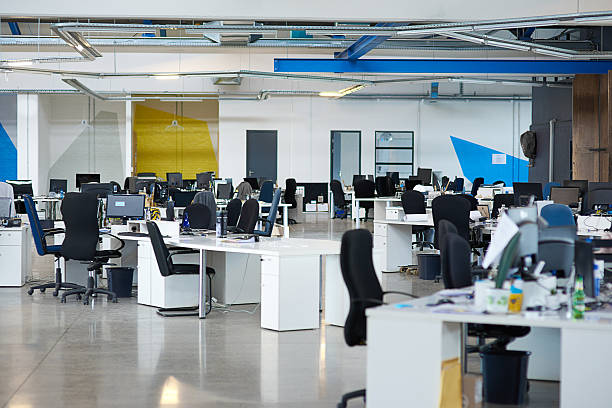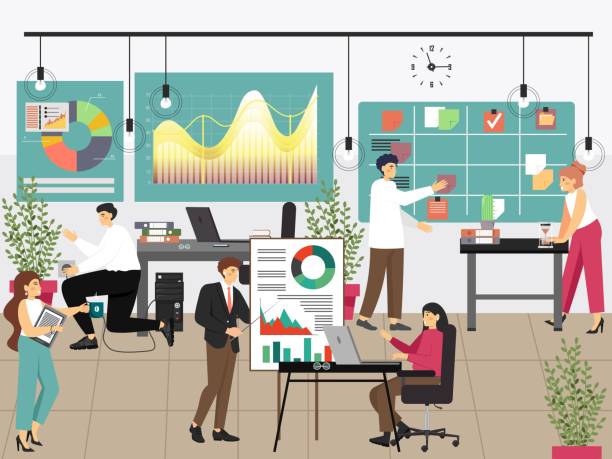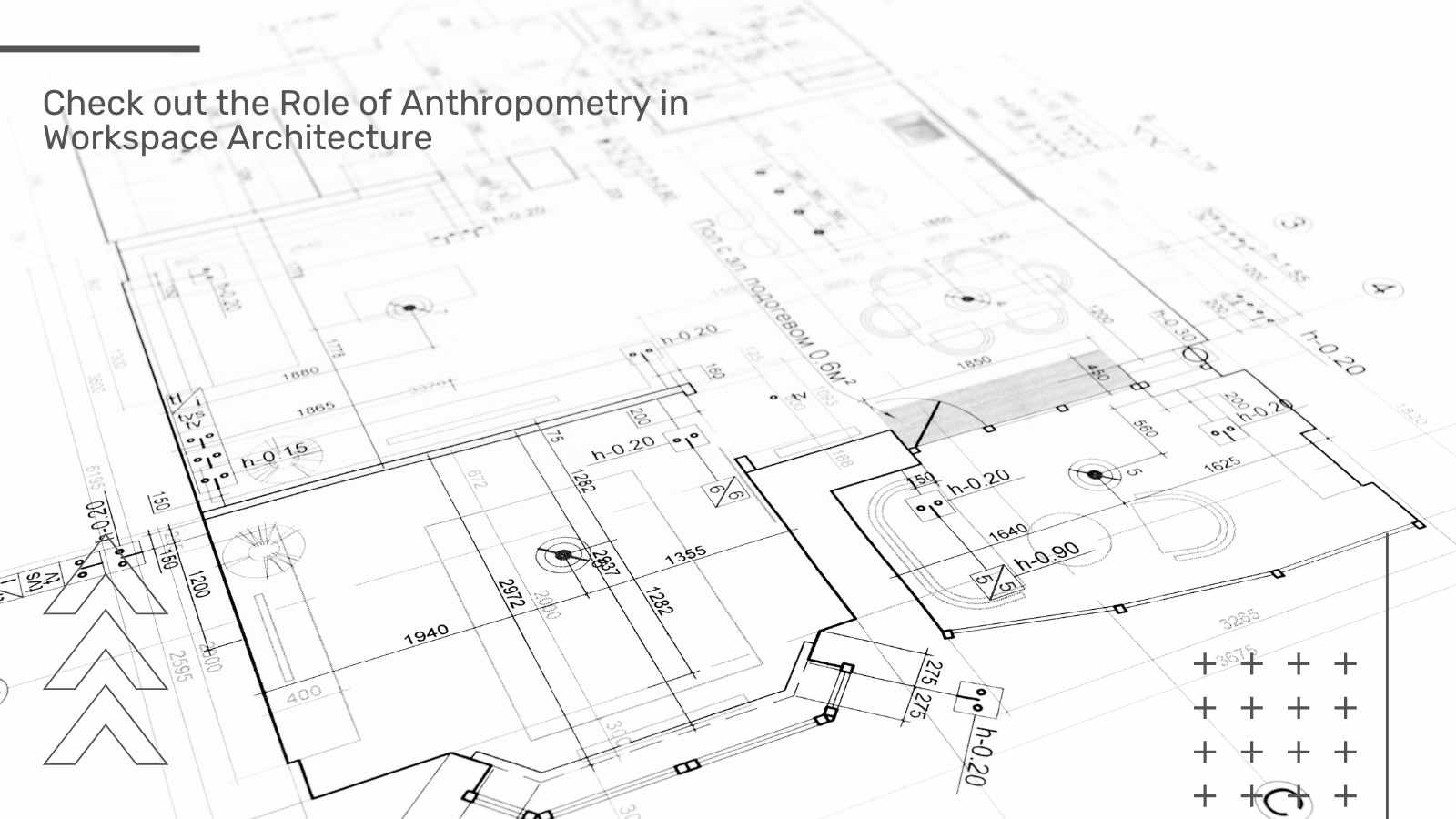The workspace is used as a place for activities or administrative needs of a business entity. Workspaces themselves are divided into four categories, namely government workspaces, commercial workspaces, professional workspaces, and business office workspaces.

A comfortable workspace will certainly improve performance in work. Then, what is the right workspace arrangement for those of you who are always in the room every day? Does the architecture apply an anthropometric approach in the arrangement of the workspace? Come on, see more in the review article about the role of anthropometry in the architecture of workspace arrangement.
Workspace Architecture Design With Ergonomics and Anthropometry
Humans are the main drivers in all activities in the workspace to increase productivity. For this reason, there are several factors that affect the movement of human activities in creating a comfortable work environment. In addition, the compaction of the workspace corresponding to the broad movement of human beings also affects it. That way, the arrangement of the workspace with architecture must adapt to the dimensions of the human body, namely anthropometry. In order to create flexibility and flexibility of the work environment.

One of the factors affecting the architecture of the workspace arrangement is ergonomics and anthropometry. This ergonomic approach is necessary for the planning and design of human-centered workspaces as objects, work procedures, and work environments. In addition, an ergonomic work layout is needed to support the efficient movement.
Meanwhile, an anthropometric approach is needed to determine the size of the human body that corresponds to the architecture in the design of the office space to be created. Anthropometry is specifically related to the measurement of the human body. This measurement data or anthropometric data will later be used as an operation of the results of the design.
What Is The Role Of Anthropometry In Spatial Planning Architecture?
Before designing a workspace, architects should first know the size of the dimensions of the human body. For example, you want to create a workspace with an ergonomic layout. As well as the laying of tables, chairs, electronic devices, and other accessories. For this reason, there are several steps are considered in determining the layout of the workspace as follows:

- Determine the activities to occupy within an office or workspace
- Determining what equipment is required in the activity
- Specify the space to use in the activity
- Integrate the space of each activity to establish a merge of all activities
Thus, visualization of the work design requires normal body position, looseness, and variations in motion. Then the arrangement of the workplace, the preparation of accessories or furniture, and supporting equipment that are an important part of the room also pay attention to the aspects of comfort, efficiency, and safety. So that optimal performance can be obtained.
Selling Portable Anthropometry To Design Workspace Arrangements
After knowing about the role of anthropometry in the arrangement of the workspace, of course, you want to design a room with an ergonomic approach. For this reason, media is needed in measuring the dimensions of the human body that are precise and accurate.

Portable Anthropometry is here to be a medium for measuring the dimensions of the human body accurately and precisely. Portable anthropometry is a measuring tool to find out the size of the human body efficiently and can be done anywhere. This tool can reach up to 100 measurements of the human body. This tool is designed portable so that it can be carried anywhere and anytime for measuring.
If you are interested in portable anthropometry from us, please contact us directly via WhatsApp. You can do a price quote with us by clicking on the ASK FOR PRICE link. For more information visit our website at www.soloabadi.com.
Read Also: 3 Anthropometric Basis for Architectural Design, The Human Based Design!


